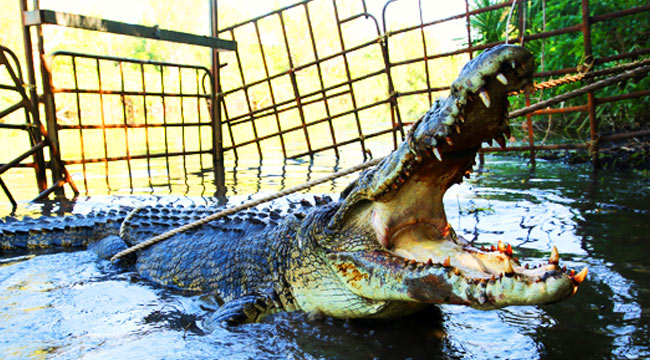
Matt Wright saves crocodiles. That sentence probably elicits a lot of head scratching. Crocs are generally viewed as the prehistoric apex predator you run from as fast as your feet will allow — not something that needs saving. Well, that’s what makes Wright’s work extraordinary.
It’s easy to start comparing what Matt Wright’s doing for animal conservation in Australia with Oz’s other favorite animal wrangling son, Steve Irwin. It makes sense. Irwin was also a bushman with an insatiable desire to educate people about the scariest beasts on the planet. It’s a noble endeavor that takes a level of grit rarely found these days.
Wright — like Irwin — cares deeply about helping animals and humans coexist without either resorting to killing each other. He’s been able to find a way that sates the consumer market for edible croc meat and saleable leather while nurturing and literally bolstering wild croc populations, instead of decimating them. Crocs were on the verge of extinction only 40 years ago. Now, their numbers are higher than ever. It’s a miracle that education, capital, and hands-on conservation worked together to save the croc: A conservation story we all can learn from.
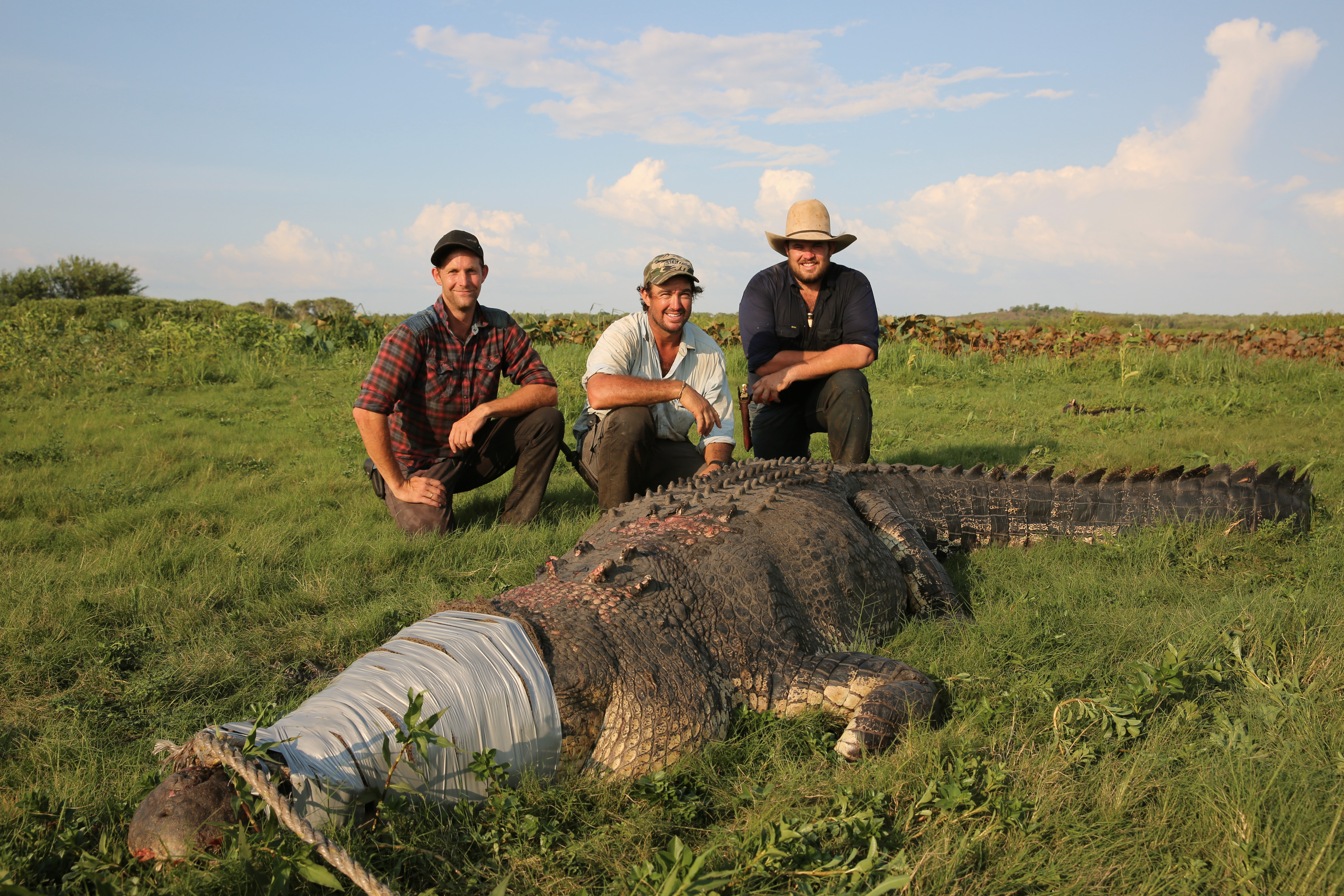
Wright has parlayed this all into a show called Monster Croc Wrangler. The show’s premise is harrowing: Matty and his mates, Willow and Jono (you gotta love those Aussie names), save people and crocs by catching and moving crocs to safer homes. The show also takes its time to teach us the importance of not taking the easy way out when dealing with animal conservation. It’s about patience and, most importantly, understanding our role in the wild.
We caught up with Wright on his most recent press tour for season three of his hit Nat Geo WILD show and had a quick chat about how Australia succeeded in saving the croc and what lessons the rest of the world can take from that victory.
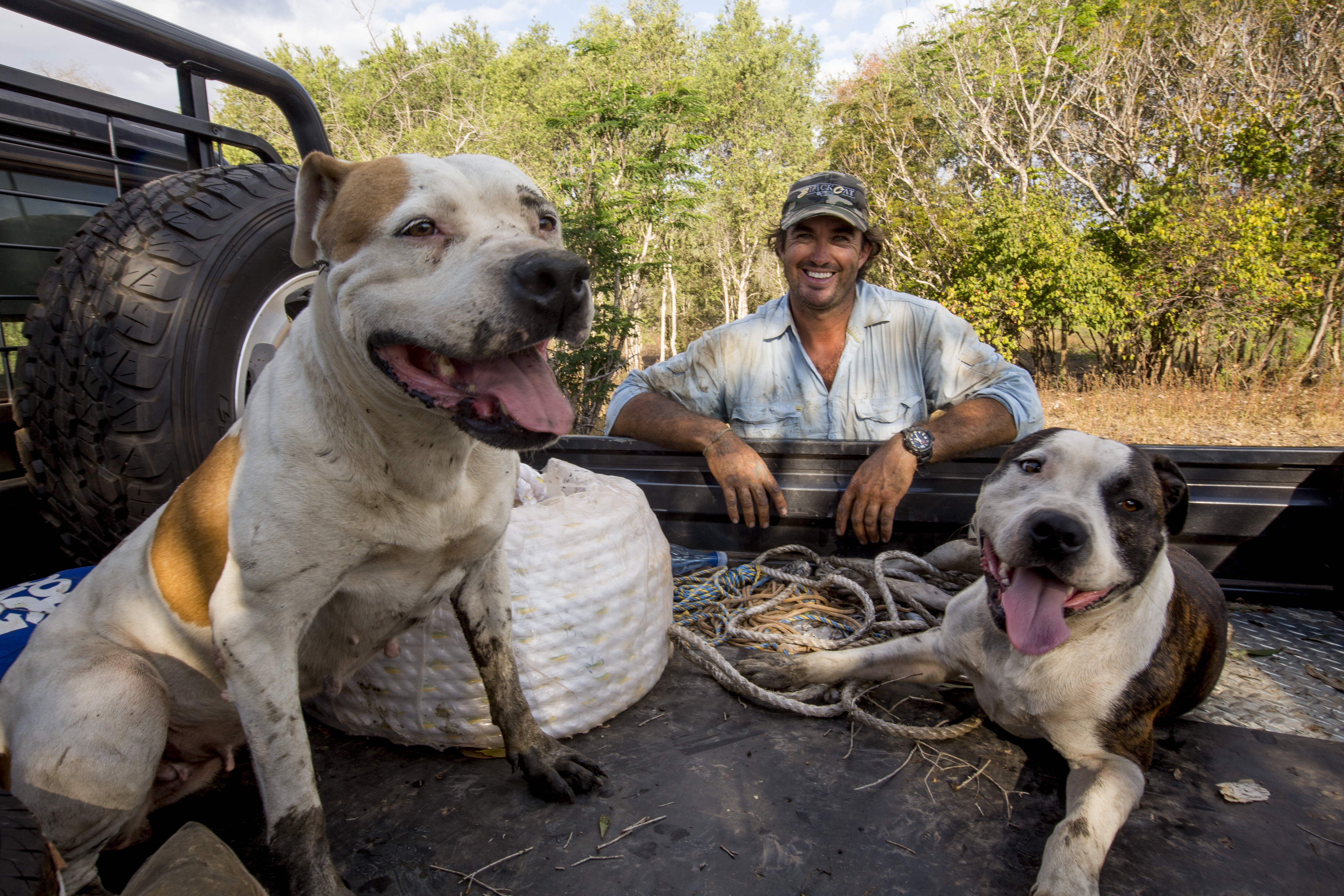
What is it about wild animals (reptiles particularly) that draws you to them while most people run the other direction screaming?
I love how prehistoric reptiles are, particularly crocodiles. They roamed the earth millions of years ago, and they continue to fascinate me every day. I don’t see them as something to be scared of. I see them as something extremely beautiful and fascinating, which can teach us so much about our history.
People only fear what they don’t know. If you spend as much time as I do handling and living around crocodiles and snakes, they become just as normal as any other animal. I have pet snakes and a pet 17-foot crocodile in my backyard that I love spending time with. They never cease to amaze me.
What drove the Australian croc to the brink of extinction back in the 70s?
In the 1970s, there was an unregulated trade in saltwater crocodile skins, which dwindled the wild population of saltwater crocs down to 4,000 and close to the point of extinction.
What has been done by the government to bring the population back and what has to be done by the public to help the population?
The Northern Territory government introduced a new strategy aimed at educating the public about the environmental and economic benefits of crocodile conservation. An integral part of this was egg collecting, which is now considered the best way to sustainably reward landowners for protecting the wild population of saltwater crocodiles on their properties. This incentive-driven approach has become one of the best conservation programs in the world.
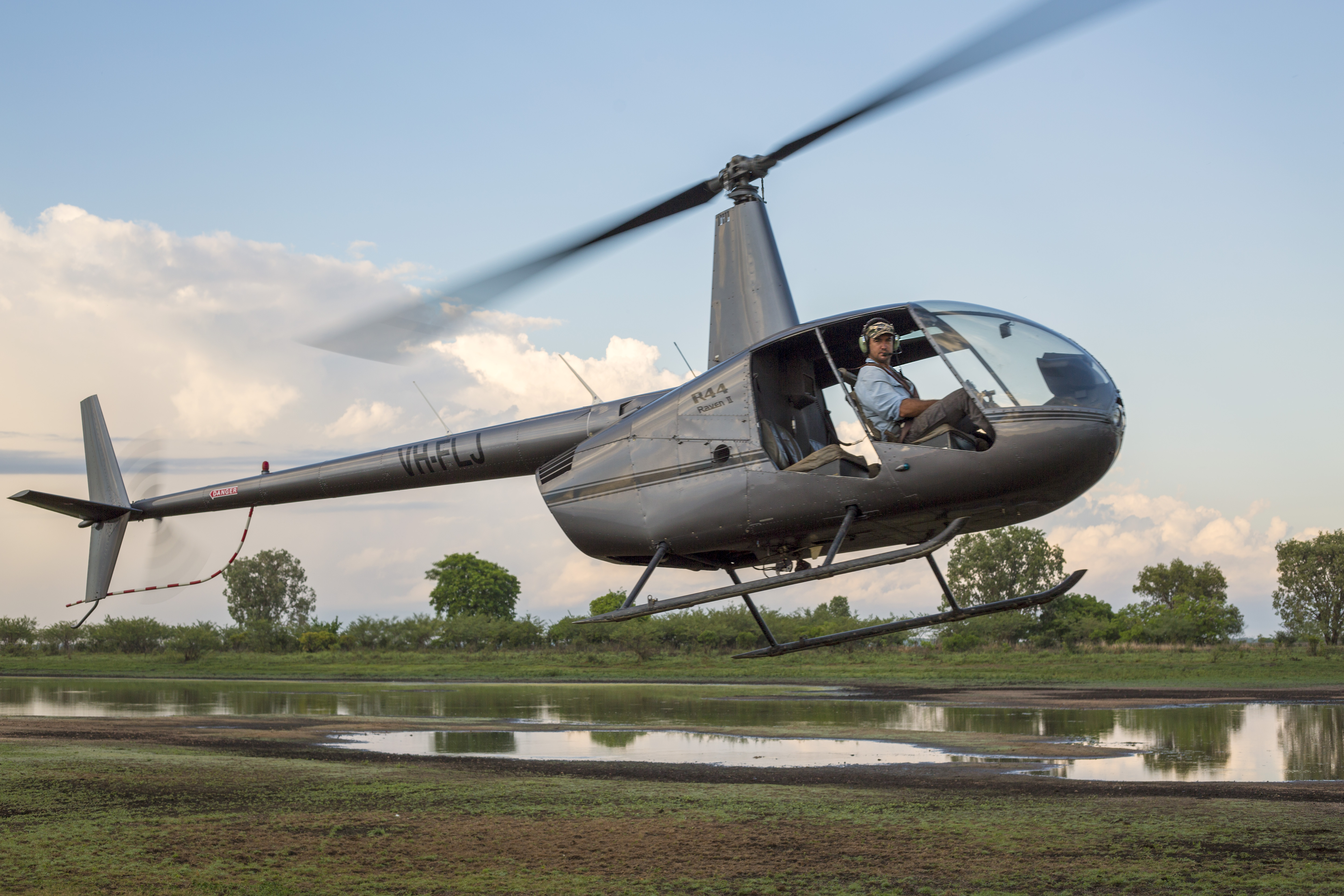
Can you walk us through how egg collection is working for a healthy wild croc population but also helps there be a commercial application (meat for consumers, leather, etc.)?
In the wild, one percent of crocodile eggs survive. If they go into farms, 90 percent of them survive — although they are often used for skin and meat.
We don’t collect all of the eggs; there is a quota that helps protect the wild population of crocodiles, which is our main focus. We’ve gone from about 4,000 crocodiles in the wild up to about 140,000 in the past 40 years, which brings us back to the numbers we had before the 1970s.
Frustratingly, there’s still a lot of ignorance about egg collecting and people don’t understand it is part of a broader conservation model. But educating people about this is one of the key motivators for my TV show Monster Croc Wrangler.
What does egg collecting entail?
If I’m flying the helicopter, I sling a couple of the blokes on a long line into the swamps or sometimes I’m getting slung in by another pilot. There are usually about six collectors and three helicopter pilots per trip.
When we go into the swamps we have a stick for self-defense and a crate for storing the eggs. We’re usually dropped off a little way away from the nest and have to trudge through muddy waters, over floating mats, and into thick long grass until we reach a mound of sticks and grass that is the crocodile nest.
We have to be agile, alert, and focused at all times because the female croc is never far from the nest. We often use our stick to slap the water and tap the ground to ensure there isn’t a croc beneath the surface. Once we’re on the nest we peel back the layers of sticks on top until we see the croc eggs. There are usually about 50 or so in each nest, which we have to carefully remove and mark to ensure each egg remains upright in the crate so the embryo stays securely in its place. This part of the collection needs to be quick but not clumsy to ensure you’re not eaten and the eggs aren’t destroyed.
Once we’re done we make our way back to where the chopper picks us up and wait for the rope to drop down and get lifted out.
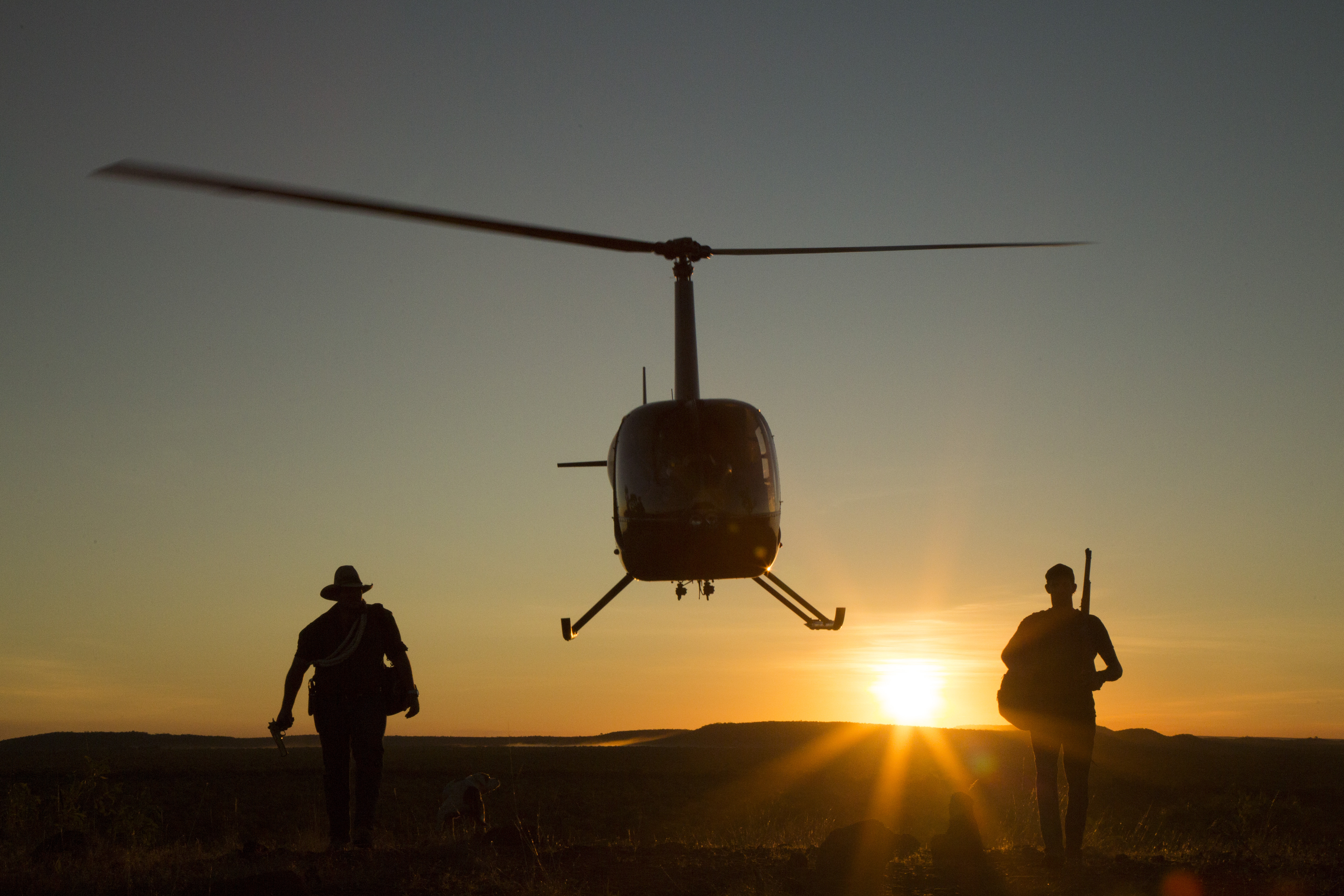
You all do a lot of croc relocating in the show to move the crocs out of harm’s way and away from areas where they’re a threat to humans. You’re a single small crew working a massive area; how many crocs do you move and save per year?
We move about 200 crocodiles per year using helicopters, boats, airboats, cars, trailers, quad bikes, trucks, and planes. All of the places are inaccessible to get to on foot so the size of the crocodile and the terrain determine the means by which we move and relocate the animal to get it out of harm’s way.
My preference is obviously always to relocate a croc instead of killing one — in my eyes the latter is not the answer. If a crocodile is identified as a problem, meaning it is bothering people or cattle, then this is when I step in to do a relocation. Moving problem crocodiles keeps the balance between people and crocs; in other words, a croc doesn’t get shot and a person doesn’t get eaten.
I understand that, unfortunately, I can’t save every croc, but if there’s an opportunity where I can remove a croc before it’s destroyed, I try to take that option first. No animal should ever get killed unnecessarily.
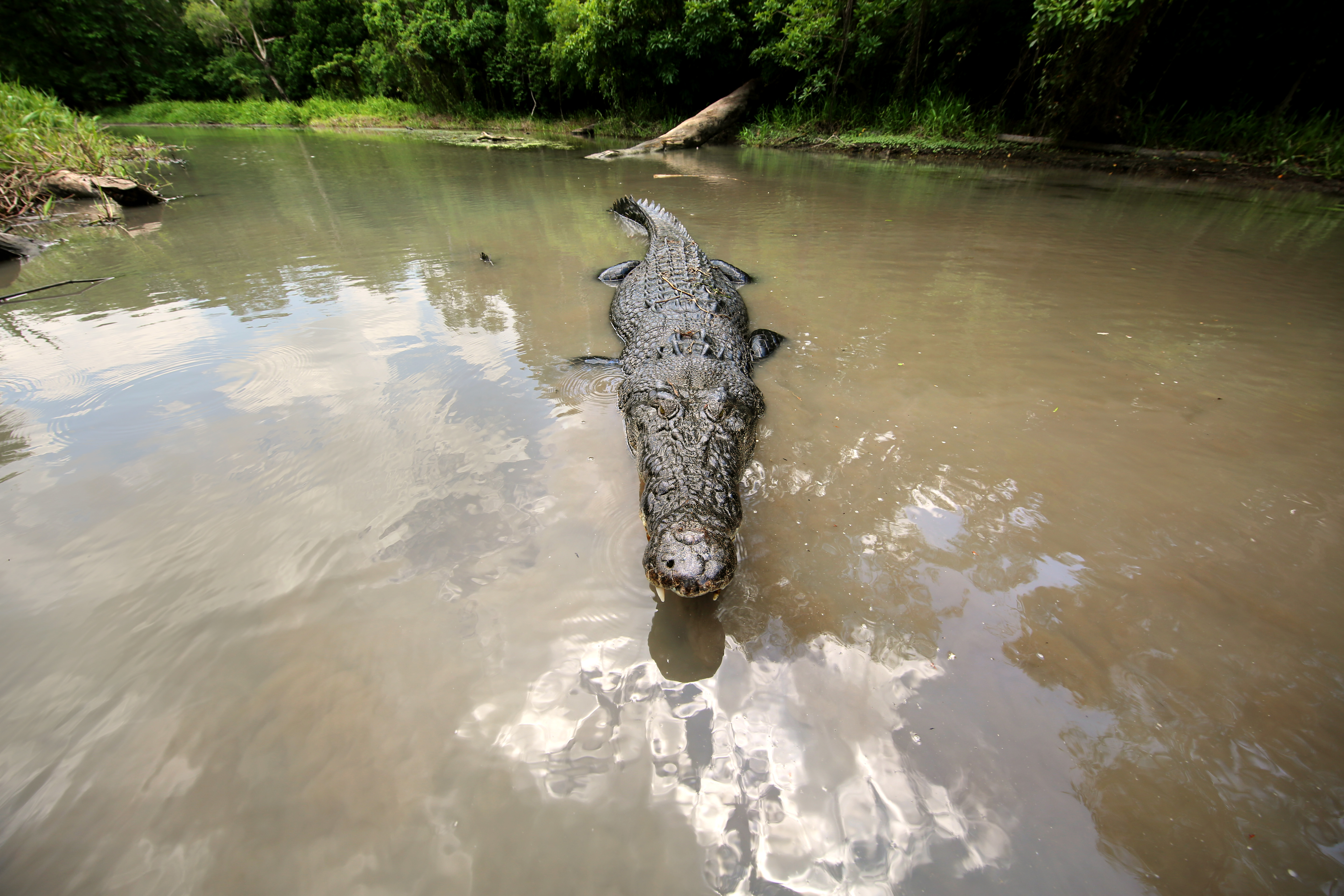
When you look at the amazing recovery of the croc in Australia, you have to wonder if the practices that you use can be molded to save other populations around the world. What do you think is needed to help African elephants or Siberian tigers? Can it be done? Or is the human element too big to overcome in those cases?
I don’t think the same model we use for crocs could be used for those animals, but our other conservation and education practices would certainly work. However, the devastating reality is that the governments in a lot of those places are too unstable or unwilling to get on board. My show will visit other countries and cover the stories of other animals and human-animal conflict happening around the world to bring more global education and awareness, with the hope of protecting animals and putting a stop to unjust and disgusting practices.
What do you think our role as citizens is in conservation and bringing animals back from the brink? Is it funneling money in the right direction? Getting out in the wild and rebuilding connective tissue with the natural world (relearning our place in it)? Staying away? Or …?
There is no point protecting wildlife if they don’t have a home to live in. So, for me, education and conserving natural environments and land banking are the most important things to ensure the survival of our wildlife.
We have to respect and protect our wildlife.
Catch new episodes of Monster Croc Wrangler on Sundays starting at 10/9c on Nat Geo WILD.






